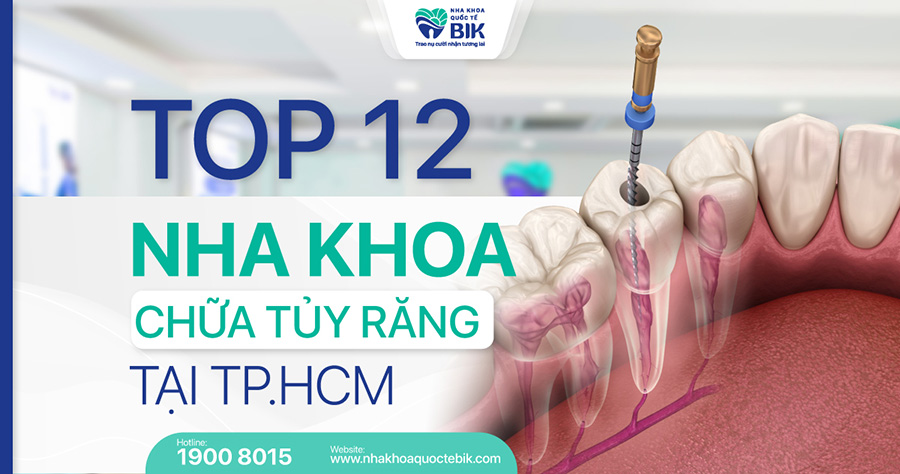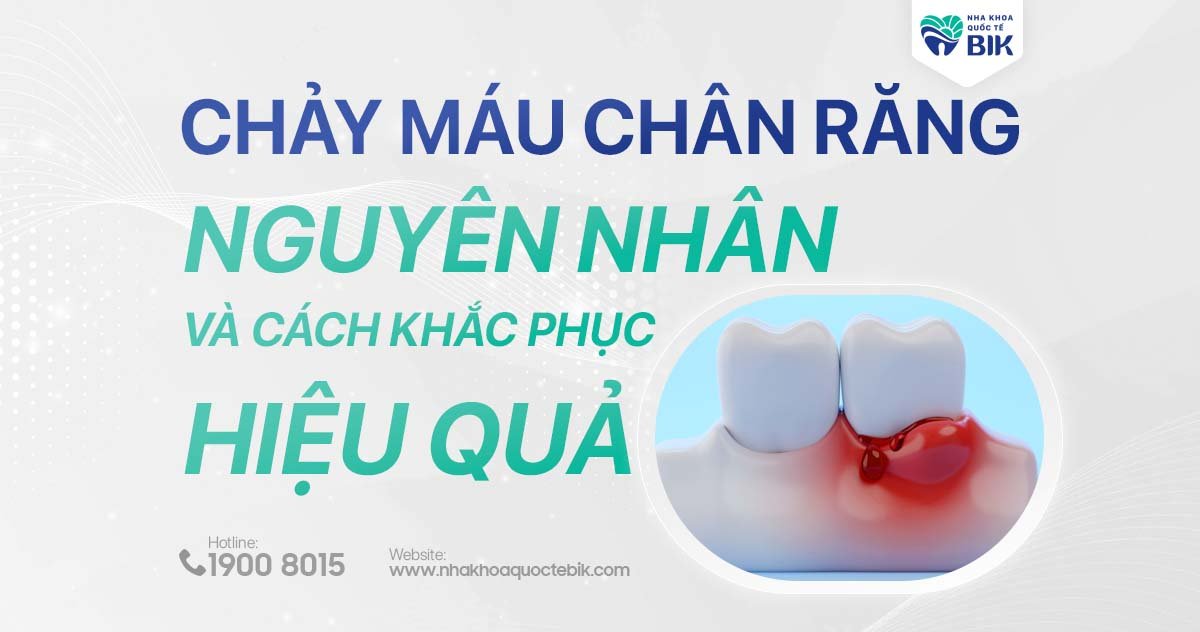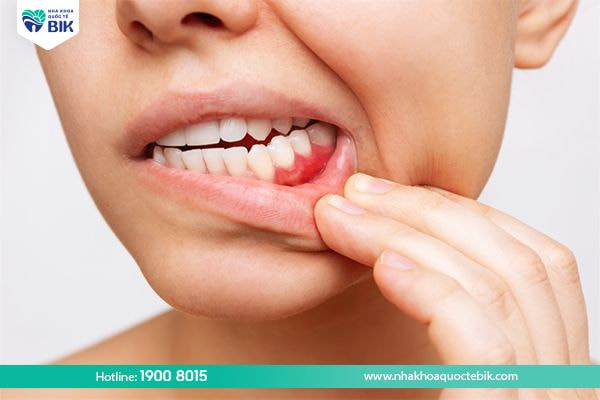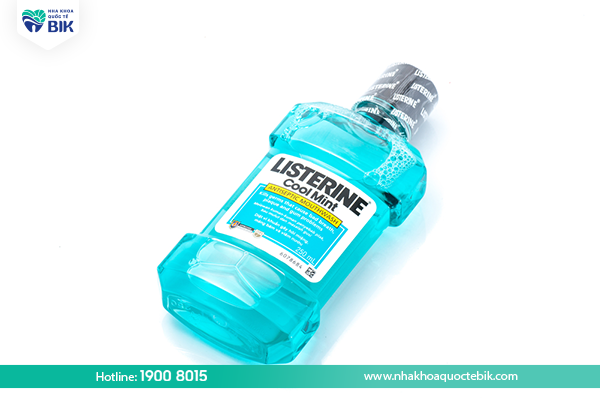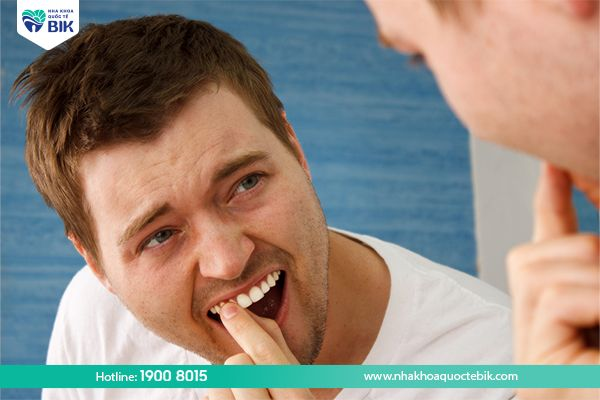Tooth decay is an oral disease that is considered the most common today and can be encountered at any age. The signs of tooth decay are quite clear, in which, blackened tooth decay is a sign that tooth decay has progressed to a severe stage. How to treat blackened tooth decay is something that many patients are interested in, let’s learn about the treatment methods through the article below!
1. Signs of blackened tooth decay
Blackened tooth decay is a phenomenon in which around the tooth root, the tooth surface appears black spots, making the tooth darker, no longer as bright white as the original tooth. This is a fairly common condition but few people pay attention to it. The reason for this phenomenon is quite simple: in the process of daily oral hygiene, the patient has bad habits without knowing it.
Although the amount of calcium absorbed by the outer layer of the tooth (also known as enamel) will affect the color of the tooth, the brightness of the tooth will gradually turn yellow or gray due to the accumulation of enamel. Therefore, when detecting black teeth, you need to go to the dentist to be examined by a specialist and given appropriate measures. Blackened tooth decay is a disease that can be easily detected by observation or from sudden sharp pains. Some common signs of severe tooth decay:
– Teeth become sensitive and painful when eating hot, cold or spicy foods. Even brushing your teeth can lead to sharp pains.
– Tiny black holes appear on the tooth surface.
– The pain can appear continuously or intermittently, causing discomfort to the patient during daily activities.
– Bad breath makes the patient lose confidence when communicating with people around.
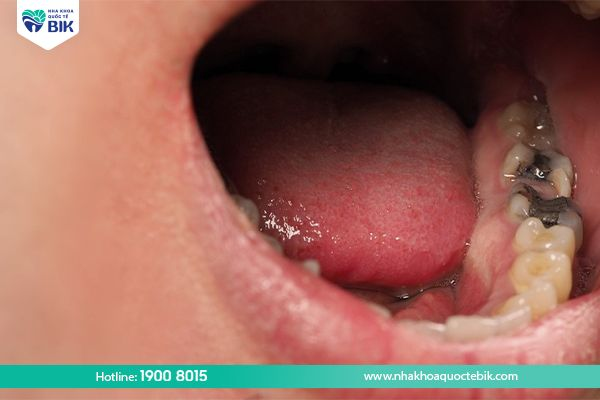
When tooth decay appears black, it means that the decay has progressed to a severe level. If not treated promptly and the tooth decay bacteria continue to attack, the patient will face more and more pain and throbbing that lasts all day. Therefore, treating blackened tooth decay is extremely necessary.
2. Causes of blackened tooth decay
Some common causes of blackened tooth decay include the following:
2.1. Due to external factors
If the daily diet contains stimulants such as alcohol, tobacco, coffee, etc., it will cause tooth enamel discoloration, thereby losing the aesthetics of the teeth. Or it could also be because the patient is taking Western medicines containing antibiotics, radiation therapy, chemotherapy. This causes obvious effects on oral health in particular as well as the health of the body in general.
In addition, blackened cavities can originate from oral injuries and trauma: It could be because some of the nerves that nourish the teeth die, no longer helping the tooth root, leading to the tooth surface gradually turning black.
Some other causes such as: Using poor quality toothpaste and mouthwash not only does not remove harmful bacteria but also discolors teeth or plaque that has accumulated for a long time without being cleaned, using dark colored foods, etc.

2.2. Due to internal factors
In some cases, initially on the enamel layer, there will be small, unusual black dots at the base of the tooth near the border and gums, you need to pay attention and be vigilant. This is a sign that the tooth may have other diseases. If after a period of observation, if the patient discovers that the blackened tooth is caused by tartar, they should go to the dentist to have their teeth scaled with specialized tools.
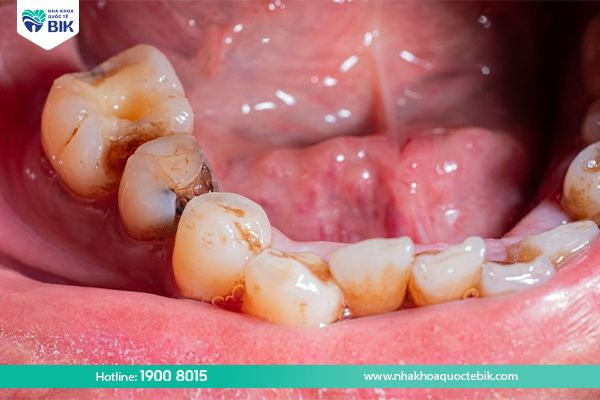
3. Consequences of blackened tooth decay
Some serious consequences of blackened tooth decay include:
– When the tooth decay turns black, daily eating and drinking activities will be difficult due to the throbbing pain.
– If the tooth decay is on the outside, it will affect the aesthetics, making the patient lose confidence in daily communication.
– Severely decayed teeth can break, chip, crack, and if prolonged, will cause permanent tooth loss.
– Severe tooth decay can also cause the tooth neck to wear down, the enamel layer will also weaken and the tooth root will turn black.
– If tooth decay is not treated promptly, tooth decay or inflammation can spread to healthy teeth next to it.
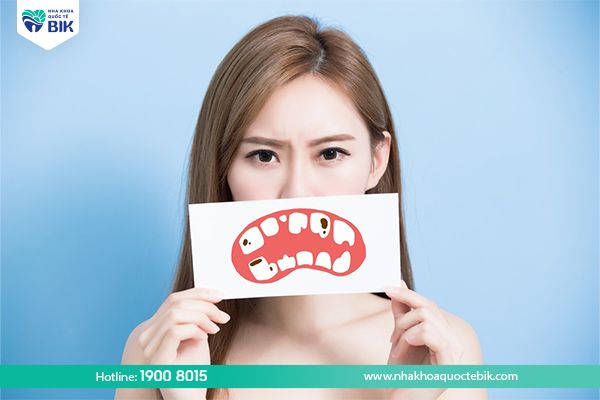
4. How to treat blackened cavities
To avoid the dangerous complications mentioned above, patients need to treat blackened cavities as soon as possible. There are many methods to treat cavities at home, but these are only temporary measures to help relieve pain and reduce sensitivity, but cannot completely treat them. Therefore, patients should go to the dentist for thorough treatment. Depending on the condition of the blackened cavities, the dentist will prescribe appropriate measures:
4.1. Tooth filling
When treating teeth, the first principle to follow is to preserve the real teeth as much as possible. Therefore, doctors will try to minimize the need to remove teeth. In some cases, there are still teeth with 80-90% decay but the shape and basic chewing function are restored.
Filling is a measure prescribed by doctors when teeth show signs of chipping or breaking due to relatively mild tooth decay. Composite material with a color that matches the natural tooth color will be used to fill the decayed tooth. This helps prevent harmful bacteria from attacking the tooth again and brings high aesthetics.
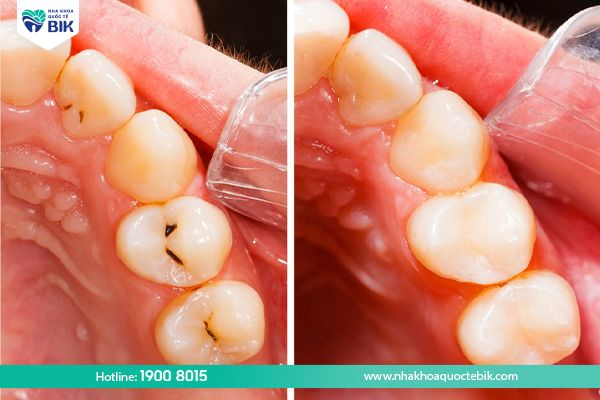
4.2. Porcelain crowns
In addition to the filling method, porcelain crowns are also considered the optimal solution to treat severe tooth decay, especially for molars. Porcelain crowns not only help to optimally protect teeth but can also completely prevent tooth decay.
Although porcelain crowns can be applied to severe tooth decay, the tooth root must still be firmly secured and the pulp must not be affected. The reason is that if this method is performed, the doctor will have to grind the tooth stump to cover it with the most secure porcelain crown. If you choose all-ceramic porcelain crowns, the lifespan of the porcelain crown can be up to 20 years if well cared for.

4.3. Tooth extraction and restoration
Only when the tooth decay is too severe, there are signs of severe pulp infection that cannot retain the real tooth, the doctor must prescribe tooth extraction. To prevent serious complications such as receding gums, jawbone loss, … after tooth extraction, you can consider dental implant.
This is considered one of the most modern and best tooth restoration methods today, not only restoring the original aesthetics but also ensuring chewing ability up to 99% like real teeth.
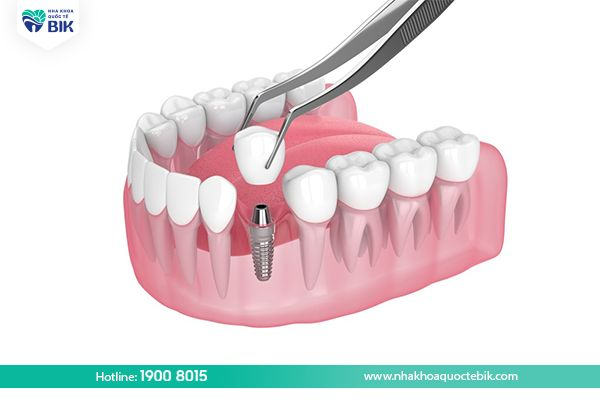
5. How to prevent blackened tooth decay
To effectively prevent blackened tooth decay, you should note the following:
5.1. Proper oral hygiene
– Maintain the habit of brushing your teeth at least twice a day, especially after each meal to completely remove plaque on the tooth surface, avoiding the formation of dense tartar.
– Use a soft-bristled toothbrush, brush your teeth in a circular motion to limit gum damage.
– Note that you should brush your teeth at least once every 3-4 months to avoid bacteria accumulating and causing tooth decay.
– Combine the use of dental floss or a water flosser to completely remove food debris deep in the teeth, where the toothbrush cannot clean.
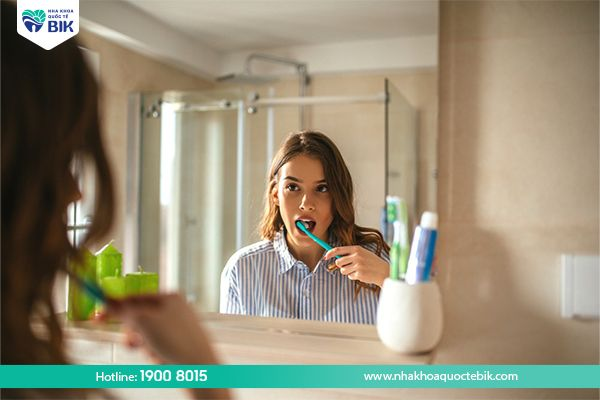
5.2. Reasonable diet
In addition, daily diet is also one of the important factors affecting oral health. Foods containing a lot of sugar and starch are one of the leading causes of tooth decay from turning black. The reason is because these substances are easily converted into tartar when present in the oral cavity. Therefore, you should limit these foods in your daily meals, and limit carbonated drinks, spicy foods, sour foods, etc. to avoid damaging tooth enamel.
So, blackened tooth decay is a fairly common disease today and once the tooth turns black, it means that the tooth decay has progressed to a severe stage. Home remedies can only help relieve pain and reduce inflammation but cannot completely cure it. At this time, the patient needs to go to a reputable dental facility immediately to have doctors treat blackened tooth decay with methods such as fillings, porcelain crowns, etc.


